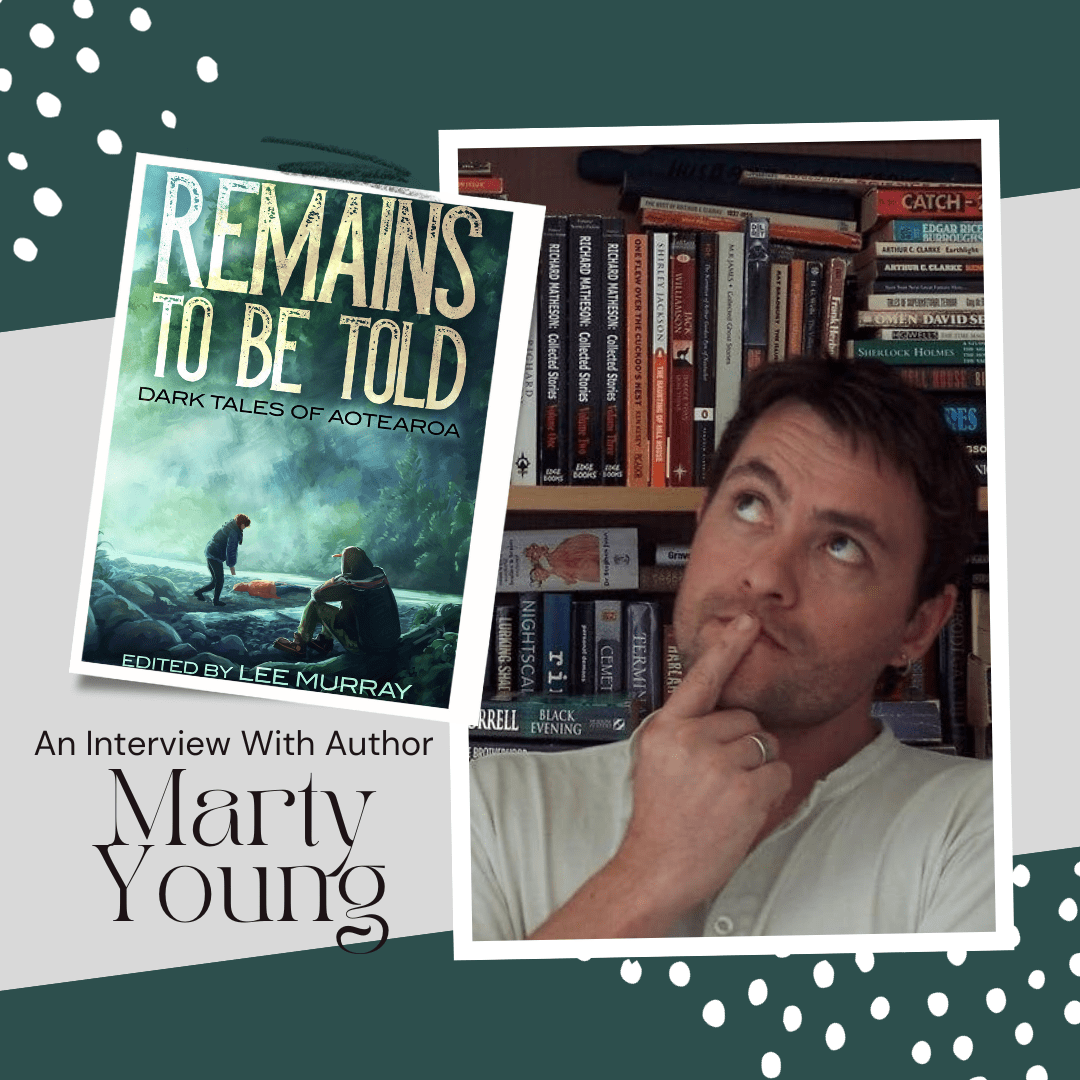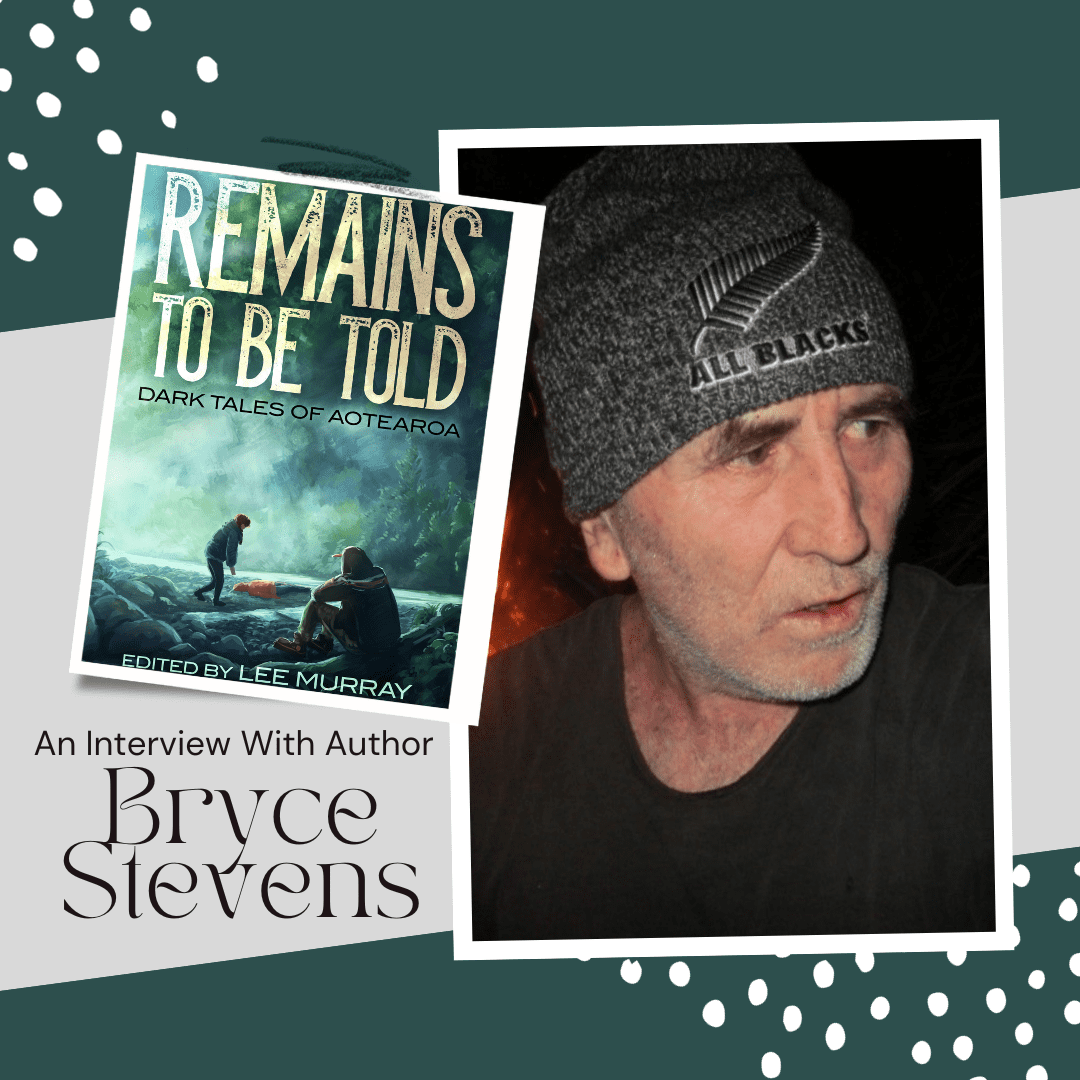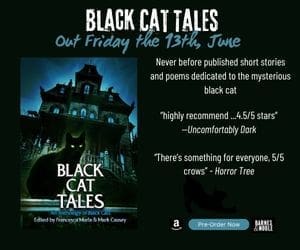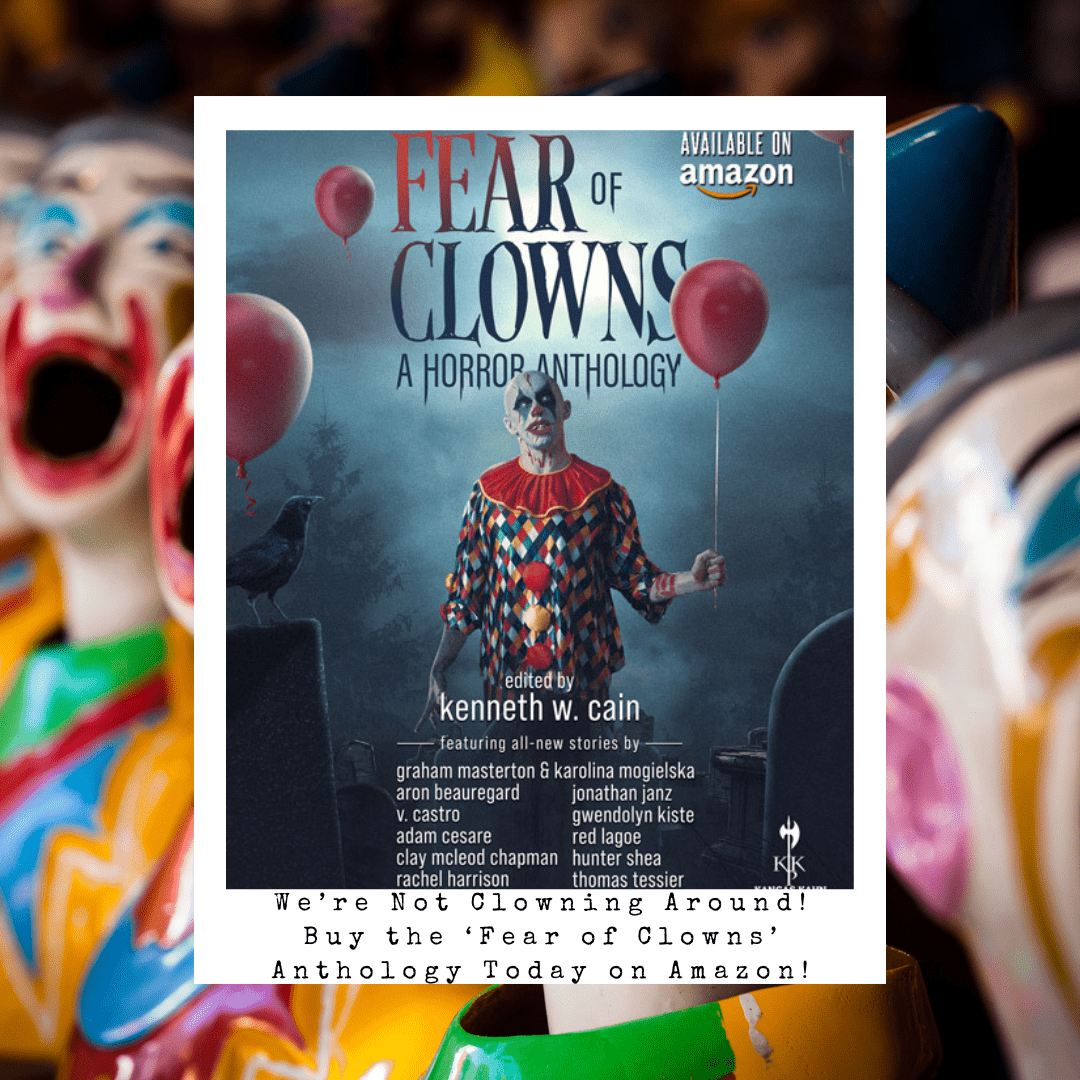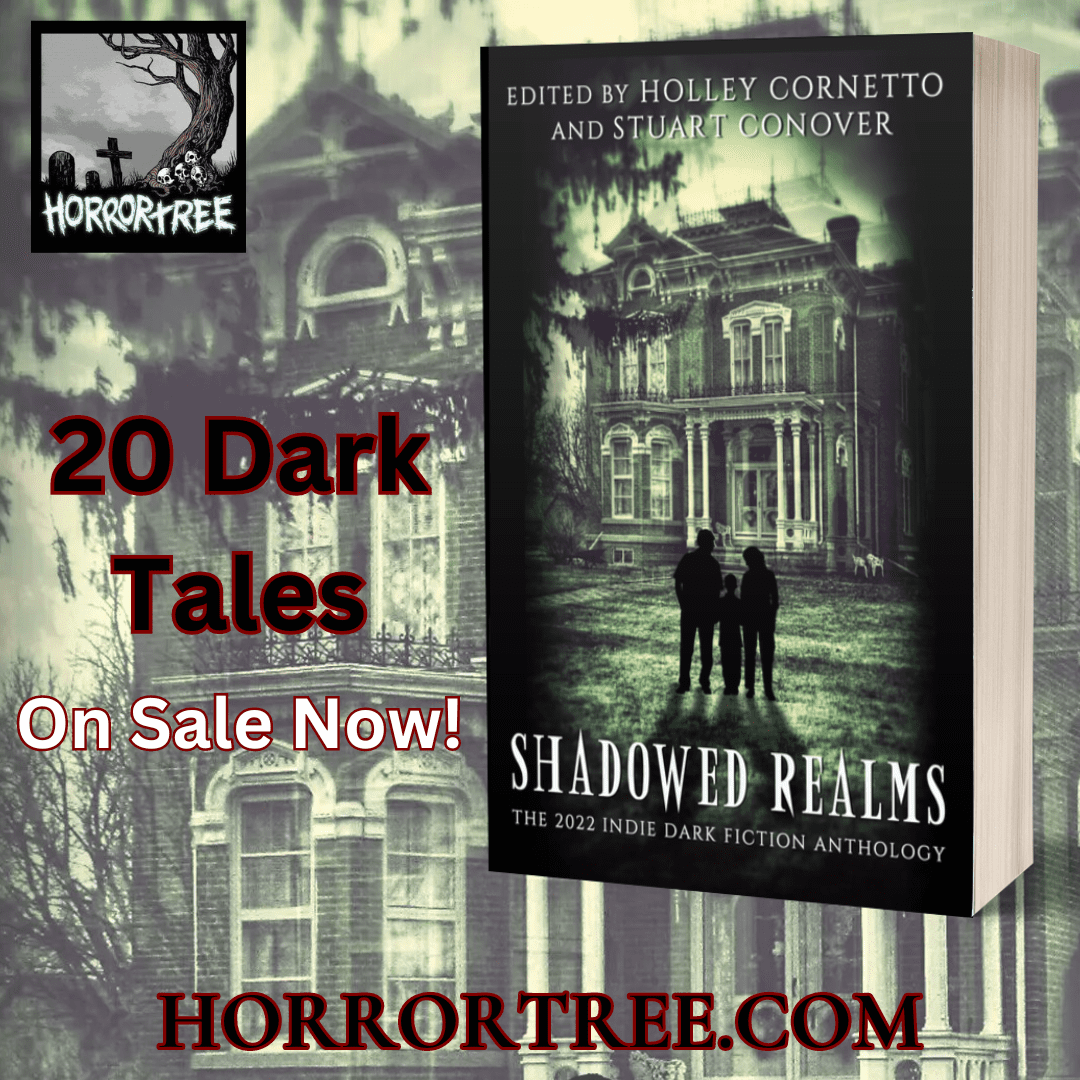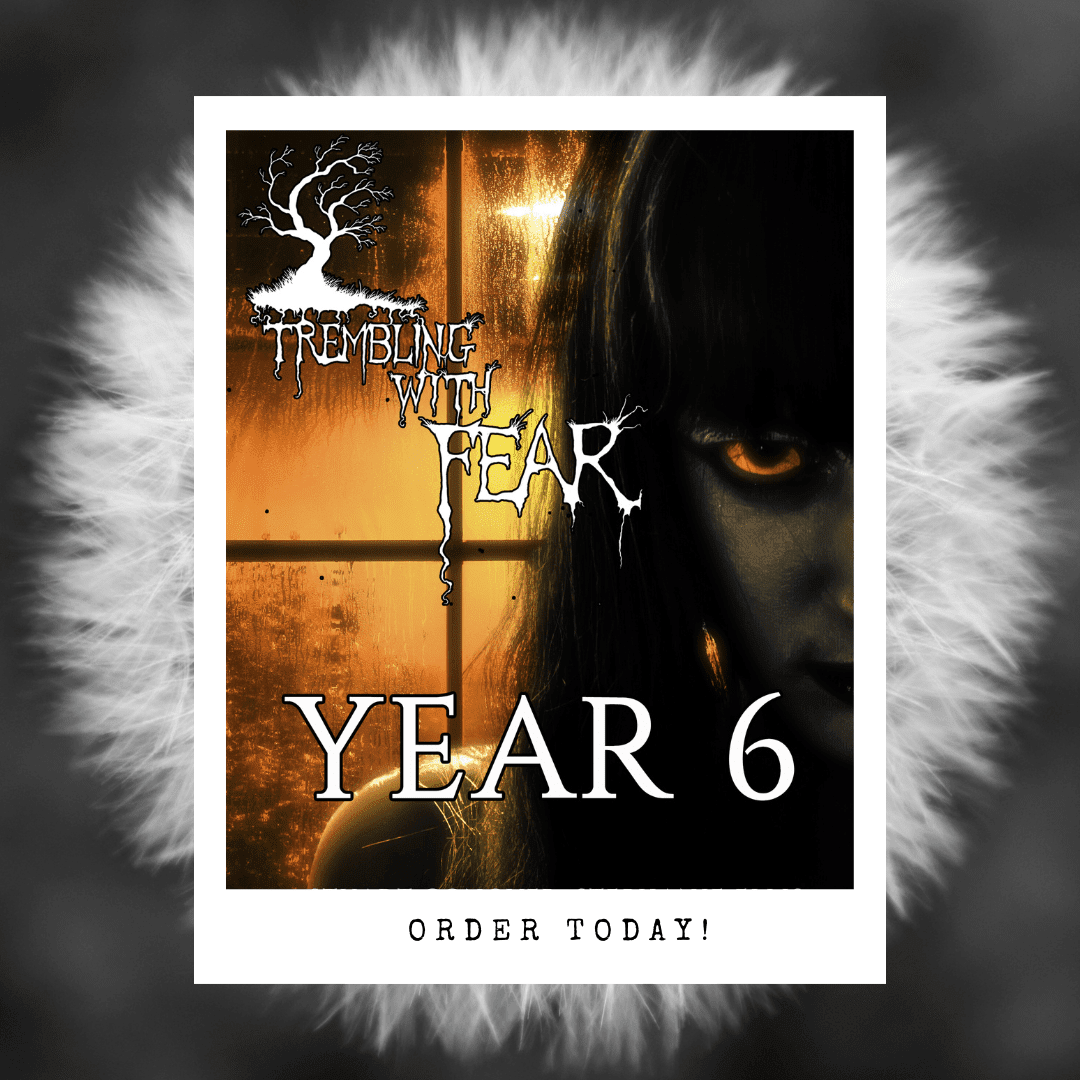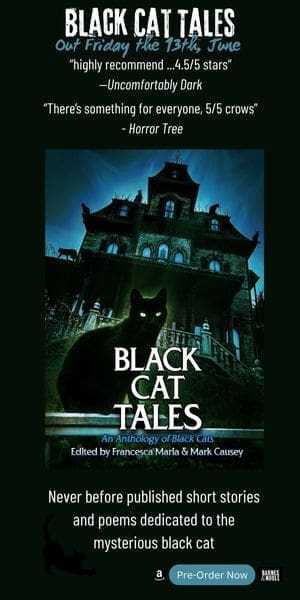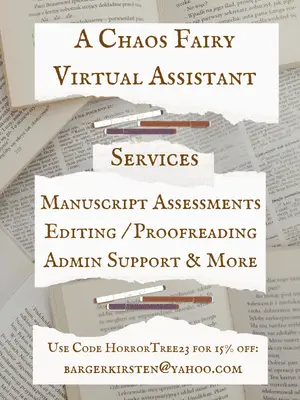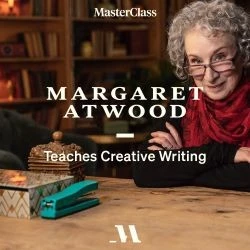REMAINS TO BE TOLD – An Interview with Kiwi author Marty Young
REMAINS TO BE TOLD – An Interview with Kiwi author Marty Young
In this unique interview series, we chat with the contributors of Kiwi horror anthology Remains to Be Told: Dark Tales of Aotearoa, edited by five-time Bram Stoker Award-winner Lee Murray (Clan Destine Press, 1 October).
Today, we welcome author Marty Young, whose haunting short story “Redwoods on Te Mata Peak” appears in the anthology.
Tell us about your story in the anthology.
This story, “Redwoods on Te Mata Peak”, is loosely based on a regular weekend for me as a kid – albeit without the terrible ending! But a bunch of us used to cycle up Te Mata Peak on our BMX’s on the weekends – although I’ve no bloody idea how!! I’ve driven up that peak as an adult and I can’t fathom cycling up it on a bike, let alone a bike without gears! But yeah, that’s what we used to do, and one day, we did discover a wrecked car at the base of a gully, and we found a cave next to it, too. We didn’t have any torches with us that day, so we came back the following day, armed with torches and rope, and we went exploring. I remember crawling through spaces only just wide enough to crawl through with one arm held out front, then entering giant hourglass-shaped caverns. The cave system went on for several hours with no end in sight before we decided we had better return before we got lost. And for some reason, we never went back again. I don’t know why. So my story is based around that, only I didn’t want to write a standard cave story. I always felt there was something far more horrific waiting to be told with that set-up.

